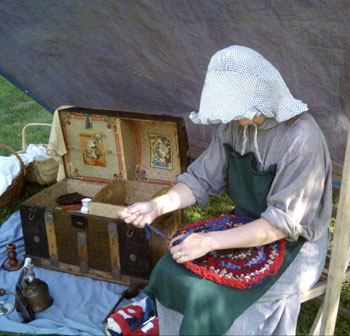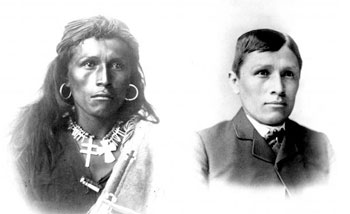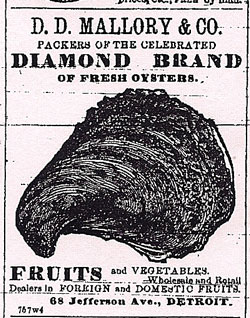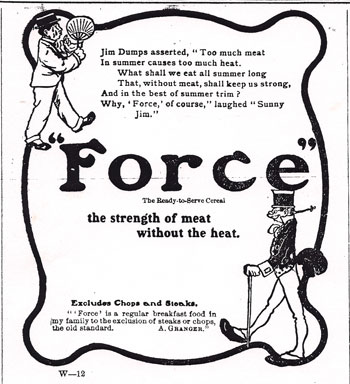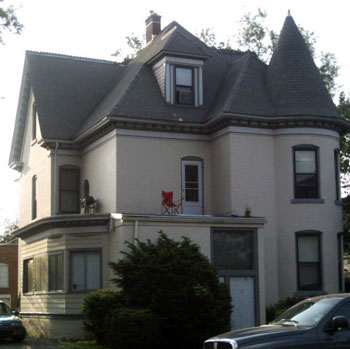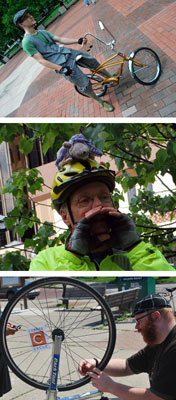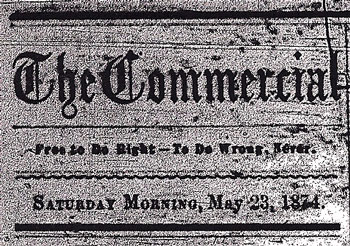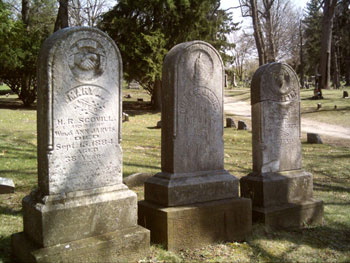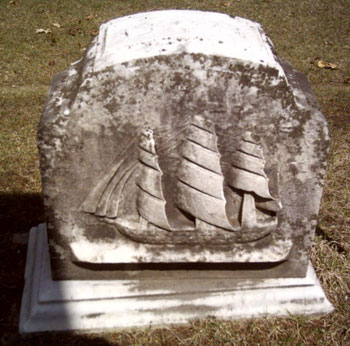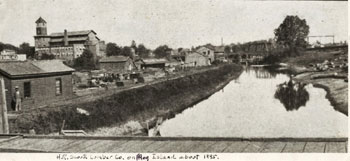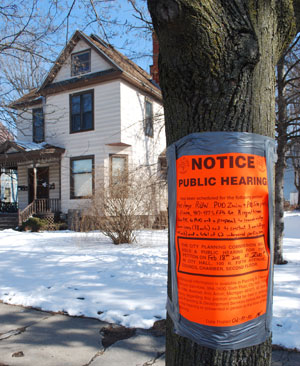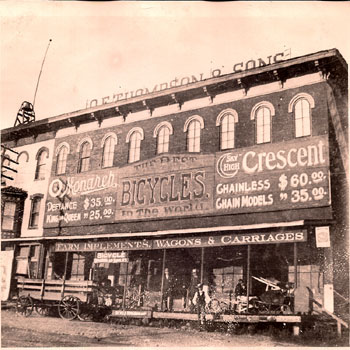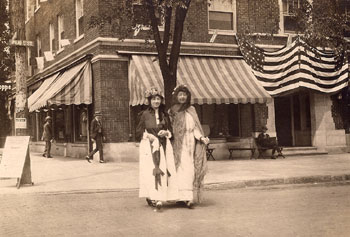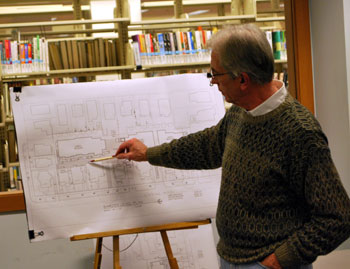In The Archives: Bonnet-Starching Tips
Editor’s note: Laura Bien writes a bi-weekly history column for The Chronicle. This week she describes her experience reenacting the role of an anonymous turn-of-the-century scrubwoman at Ypsilanti’s Heritage Festival, which took place Aug. 20-22.
My rained-on bonnet flopped over my face like a dish towel. I could see only a sliver of sidewalk. What had been a neatly starched head-shield this morning had been ruined by the Saturday rain.
My long skirt hem was wet, too, and catching on my ankles as I stomped back to the historical museum on Ypsilanti’s Huron Street where our props had been staged overnight. My sleeves were soaked and I was on the verge of tears.
I looked ridiculous. Why, why, had I been so driven to be a historical reenactor at the Ypsilanti Hertitage Festival? Did I even know what I was doing?
Back in the park, the antique trunk I’d borrowed the week before sat under a historically inaccurate blue tarp, waiting for the drizzle to end. I returned from the museum to our staging spot with a basket containing a thermos of water and some bread and cheese concealed under a pillowcase.
My husband had scooped out a rectangle of sod, stored the sod-plank by a nearby tree, and was preparing his firemaking-with-flint-and-steel-and-char-cloth demo. Grey clouds covered the sky. [Full Story]




